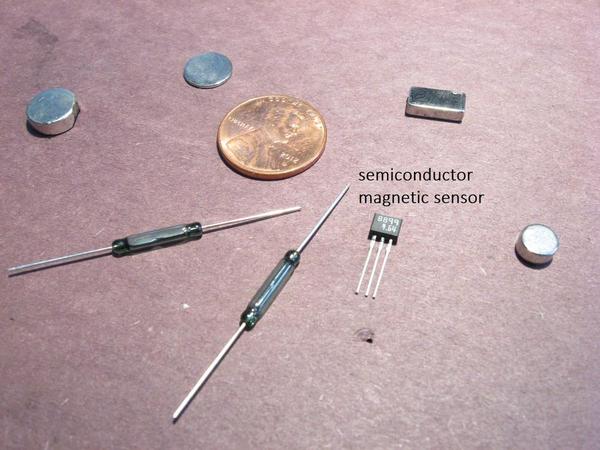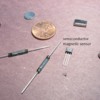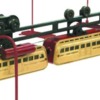Hi Everyone:
I will be installing MTH's Leland Detroit monorail on the rafters of my layout room ceiling. I'm going to build a glass station for the monorail to pass through and I thought it might be a nice effect to have the station's lights come on when the monorail is inside.
Since the monorail's track is essentially 2-rail (which rules out an insulated rail), and since a weight-driven contactor (like a Lionel 145C) won't apply in this case, I'm thinking I should look into some sort of infrared detection device.
Does this make sense or is there some other modern, whizz-bang technology that would do the trick (e.g., current sensors)?
Lionel's 153IR comes with a trackside camouflage cabinet that may not line up with the monorail (or even just look right hanging upside down) and MTH's alternatives seem to be the same or track specific.
What have people successfully used for applications like this? Does Dallee or someone like that make anything? Has anyone ever created a U-Build-It circuit using cheap components purchased on eBay?
I also want to avoid some issues of sensitivity that I've seen reported such as "every time I turn on the lights in the train room, all my MTH sensors activate!"
Thanks in advance for your help.
Steven J. Serenska










